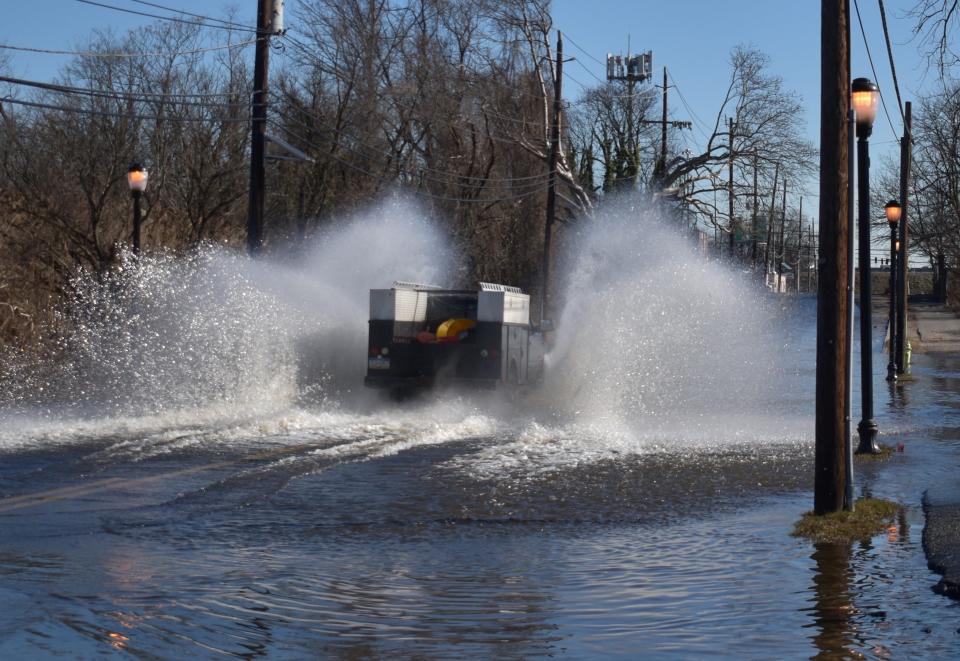Camden's flooding crisis needs a solution. We require a stormwater utility
The aging infrastructure in Camden contributes to unique water challenges. The wastewater and stormwater systems were built more than a century ago. These old water systems often cannot handle the influx of heavier and more frequent storms we now experience due to climate change, which has led to increased flooding.
Living in Cramer Hill for over 30 years, I have been impacted by the flooding. When the rain comes down too fast, there is no place for it drain. This creates a huge sloping effect from 27th Street to 29th Street and River Road, and sloping from the railroad tracks down to River Road, as well 36th Street down to 29th Street.

I’ve experienced the rain coming down so heavily that my car became trapped by the heavy down pour. I had to exit my car, take off my shoes and walk through the sewage-tainted waters to get home. In addition, my back yard and basement become flooded as well. As a home owner, I have spent quite a bit of time and money attempting to keep the flood waters away. For health reasons, I also do not drink the water that comes from my faucet and I am concerned for myself and others regarding bathing in it.
Over the years, with the increasing climate change storms have become more intense. This impact has created continued havoc on the residents of our community — as well as on buildings and roadways. We are left to face even higher levels of standing water and that has created blocked sewer drains and left mold in flooded houses. Standing water also makes it hard to commute via public transportation or car and it impacts our drinking and shower water.
How can we make a change?
So what can a community like Camden do to alleviate these flooding issues that are impacting the lives of so many residents?
One proven strategy for municipalities is to fund stormwater infrastructure improvements though a stormwater utility. It allows a town, county or regional sewage authority to assess a fee based on a property’s impervious surface area and contribution to polluted stormwater. These funds cannot be diverted to a municipality’s general fund — they must to be used for stormwater improvements only. Across the U.S., there are nearly 1,800 stormwater utilities, and they are so popular that they exist in 41 states.
With a stormwater utility, Camden would have continuous revenue to address our stormwater problems. The average cost to residents would be a monthly fee of about $6, but the average homeowner or renter need not worry. A stormwater utility is based on a “polluters pay” principle, where the largest contributors, like huge paved parking lots and those who contribute the most to our stormwater problems also contribute the most to the fund.
Families and businesses who reduce their runoff through green infrastructure like rain gardens are given credits toward the system. A stormwater utility and its revenue would also enable Camden to proactively plan and budget for projects, avoiding the costly emergency repairs that occur when system maintenance is deferred until it’s too late.
I am asking that our elected and civic leaders research ways to ensure proper drainage of our stormwater system and a stormwater utility may just be the answer.
Shirlee Douglass is a Block Captain/800-900 N. 30th St. and is Camden Community Ambassador/Camden Coalition of Healthcare Providers.
This article originally appeared on Cherry Hill Courier-Post: Camden NJ flooding requires stormwater utility

